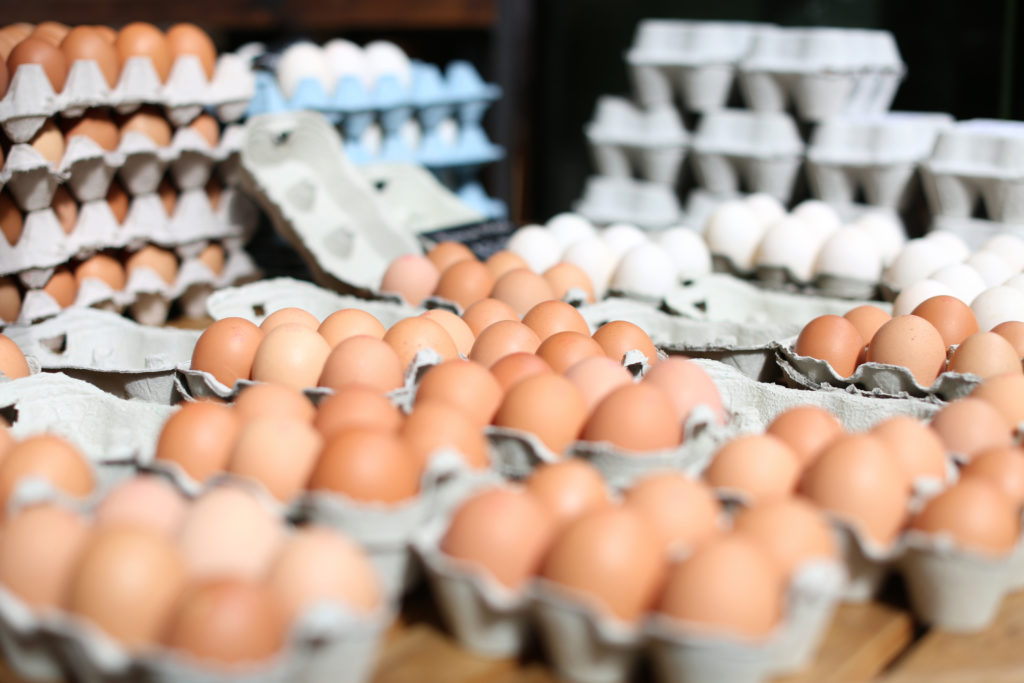
Hickman's cage-free, eco-friendly changes egged on by changing consumer preferences
When California was considering its restrictions on cages in 2008 and 2010, early research showed some consumers willing to pay a premium for the eggs that surpassed the extra cost to producers, says Timothy Richards, professor of agribusiness.
If chickens could talk, they'd probably say they like living cage-free better. Major retailers and breakfast-centered restaurants prefer cage-free eggs, too — to please their affluent customers. The higher prices, however, may be a challenge for low-income consumers, according to Professor of Agribusiness Timothy Richards.
In this post on azcentral.com on Sept. 15, 2017:
Research shows it can cost 20 to 40 percent more to produce cage-free eggs, Richards said, depending on how well a particular farm runs its operations.
"There are welfare effects. It is incredibly regressive because it is the less wealthy people who would have bought the Walmart battery (cage) produced eggs, but wealthier people who demand cage free."
Latest news
- Pop culture is key to effective teaching
How a management and entrepreneurship professor uses Ted Lasso and other pop-culture touchstones…
- Artificial intelligence in business master's degree helps Nathan Merriman combine business strategy with technology
Nathan Merriman (MS-AIB '25) had been working in business for a few years when he learned about…
- How the Executive MBA empowered Scott Gates to be a mission-driven leader
Scott Gates (BS Marketing '04, Executive MBA '15) had a very positive experience during his…